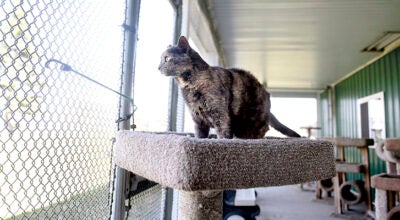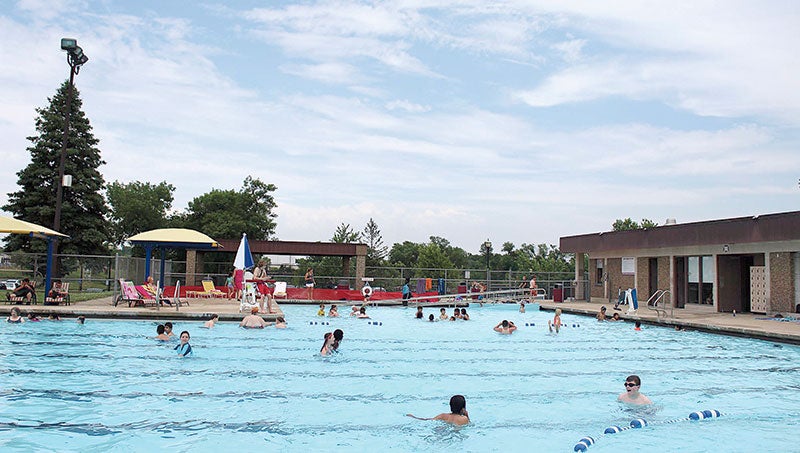Volunteers perform ‘Touch Play’ to teach about abuse
Published 12:39 pm Saturday, March 13, 2010
An area girl recently met a boy her age in an online chat room.
He was funny and they shared an interest in video games, so she decided to meet him at a fast food restaurant to swap stories and exchange games. When she shows up at the restaurant, the girl finds out that there is no 12-year-old boy named Tim, but rather a 45-year-old sexual predator who posed as one online.
At the same time, somewhere else in Austin, a young boy is being conned into posing for nude photos for his uncle.
These two stories are not real, but do number among several scenes portrayed on-stage last week for all area second-graders.
The Crime Victim’s Resource Center (CVRC) presented a play to students from Austin, Southland, Grand Meadow, LeRoy and Lyle private and public schools to educate them about sexual abuse.
“We present the play to second-graders every year,” said Tori Miller, director of the CVRC. “It’s a great way to teach them about appropriate touch, inappropriate touch and personal body safety.”
Eight teen and college-age volunteers presented “Touch Play,” with city council member Janet Anderson as narrator.
“Touch Play” was originally a production of Illusion Theatre in Minneapolis. It was written more than 30 years ago. The production includes lessons of appropriate, inappropriate and uncomfortable touch.
The play includes very serious scenes as well as funny segments about siblings wrestling, and portrayals of appropriate yet awkward moments like first kisses — which drew a unanimous “Eww,” from the Neveln and Lyle elementaries audience Friday.
“It’s an educational tool used to teach children they have the right to say no if they feel uncomfortable about the way someone is touching or behaving toward them,” Miller said. “The play also emphasizes that keeping secrets is not OK.”
Though the sexual abuse scenes presented in the play are not factual, many children may have undergone similar real-life experiences.
It is estimated that one in every three girls and one in six boys is sexually abused by the time they turn 18, according to the National Center for Victims of Crime (NCVC). The numbers of boys affected may be incorrectly low because of lower rates of reporting abuse.
Before and after the play, social workers brief the students and provide tools to report sexual abuse. The actors are trained to scan their second-grade audience during the production for expressions and reactions that may be indications of abuse.
Miller said that in past years students have come forward with cases of sexual abuse following the program.
“It’s important to tell people you can trust about bad touch,” Anderson told students at the end of the play. “Do not keep those kinds of secrets. Tell someone, and keep telling more people until someone believes you.”
In most cases, according to the NCVC, children are abused by someone they know and trust, although boys are more likely than girls to be abused outside of the family.
The Crime Victim’s Resource Center is a part of the Austin Medical Center.




